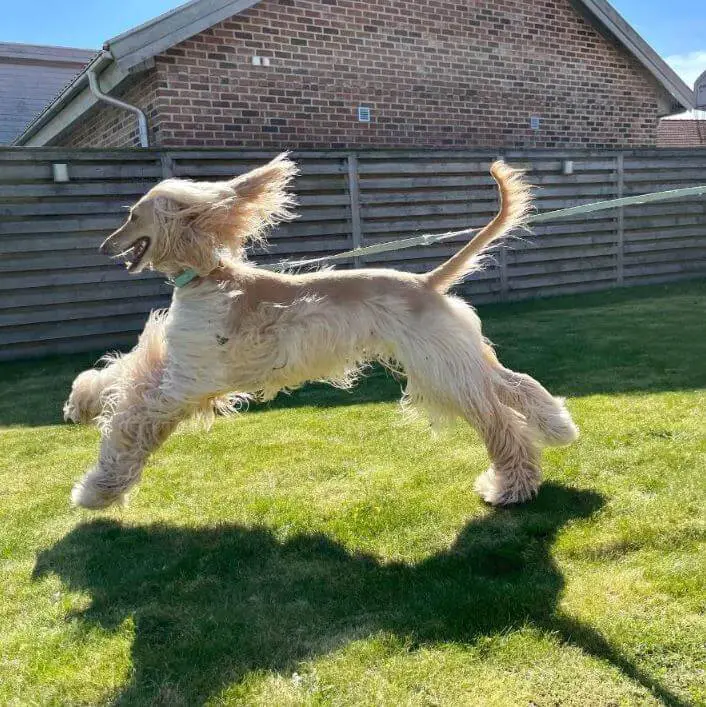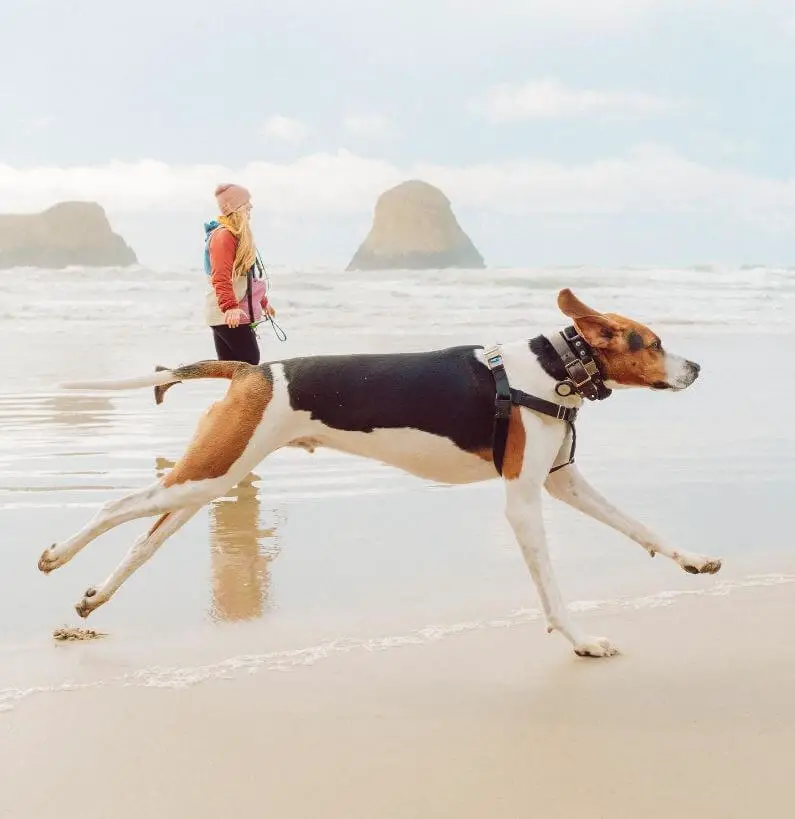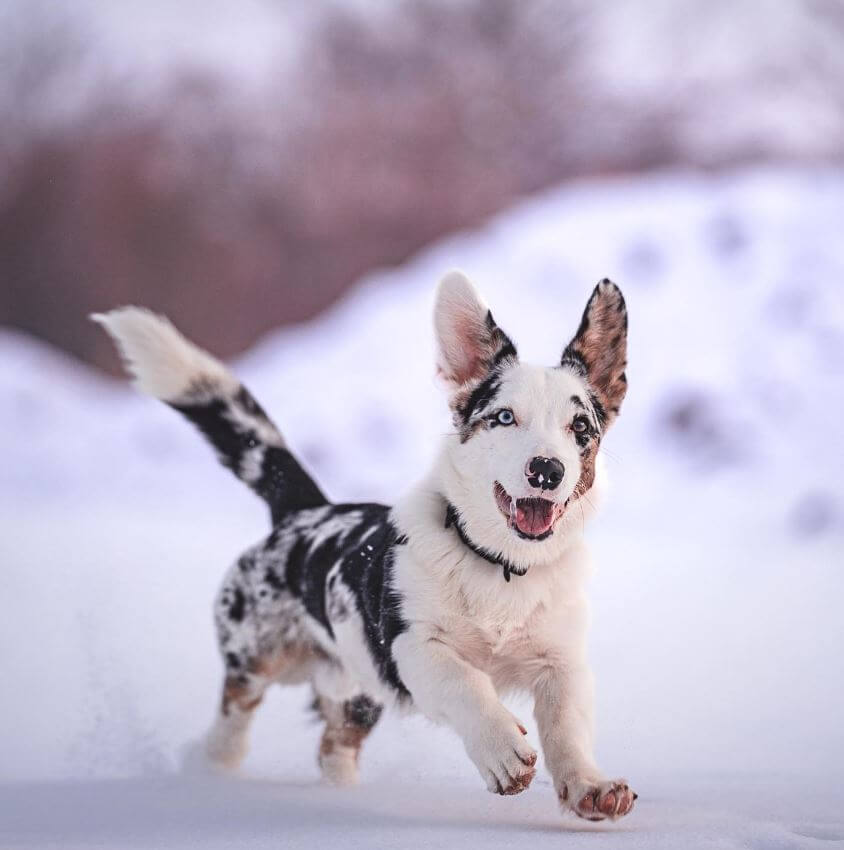Running with your dog can be a rewarding and enjoyable experience for both you and your furry companion. Not only does it provide physical exercise and mental stimulation, but it also strengthens the bond between you and your dog. However, before you hit the trails together, it’s essential to ensure that your dog is properly trained to run alongside you. In this article, we will provide valuable tips and guidance on how to train your dog to run with you safely and comfortably.

#1 – Assess Your Dog’s Fitness Level:
Before starting any running routine, it’s crucial to evaluate your dog’s overall health and fitness level. Certain breeds are better suited for running, while others may have limitations due to their size, age, or health conditions. Consult with your veterinarian to determine if your dog is physically capable of engaging in a running program.
#2 – Start With Basic Obedience Training:
To have a successful running experience, your dog should have a solid foundation in basic obedience commands such as “sit,” “stay,” and “heel.” Establishing these commands before introducing running will help maintain control and ensure your dog’s safety during your runs. Consider enrolling in obedience classes or working with a professional dog trainer if needed.
#3 – Gradually Increase Distance and Intensity:
Just like humans, dogs need to build up their endurance gradually. Start with short runs and gradually increase the distance and intensity over time. Begin with a brisk walk and incorporate short running intervals. Monitor your dog’s behavior and watch for any signs of fatigue or distress. Remember to consider your dog’s age, breed, and overall fitness level when determining the appropriate running distance and pace.

#4 – Use Proper Leash and Harness:
Invest in a sturdy and comfortable leash and harness for your dog. A hands-free waist leash or a leash specifically designed for running can provide better control and prevent strain on your arms. Ensure that the harness fits properly and does not restrict your dog’s movement or breathing. Avoid using retractable leashes, as they can be challenging to control during a run.
#5 – Practice Proper Running Etiquette:
When running with your dog, it’s important to be considerate of others. Keep your dog on a short leash and maintain control at all times. Avoid allowing your dog to approach other dogs, people, or wildlife without permission. Clean up after your dog and respect leash laws and trail regulations in your area.
#6 – Hydration and Rest Breaks:
During your runs, ensure that your dog stays hydrated by carrying a collapsible water bowl and providing water breaks along the way. Pay attention to your dog’s energy levels and provide rest breaks as needed. Avoid running in extreme weather conditions, especially during hot summer days, to prevent heat exhaustion or paw pad injuries.
#7 – Consider Your Dog’s Individual Needs:
Every dog is unique, and it’s important to consider your dog’s individual needs when running together. Some dogs may require additional warm-up or cool-down exercises, while others may benefit from specific stretching routines. Observe your dog’s behavior and adapt your running routine accordingly to ensure their comfort and well-being.

Training your dog to run with you can be a fun and rewarding experience, promoting both physical fitness and a stronger bond between you and your furry companion. By assessing your dog’s fitness level, gradually increasing distance and intensity, using proper equipment, practicing running etiquette, and considering your dog’s individual needs, you can create a safe and enjoyable running routine for both of you. Remember to prioritize your dog’s well-being, monitor their behavior during runs, and consult with your veterinarian if you have any concerns. With patience, consistency, and positive reinforcement, you can train your dog to become your trusted running partner.
